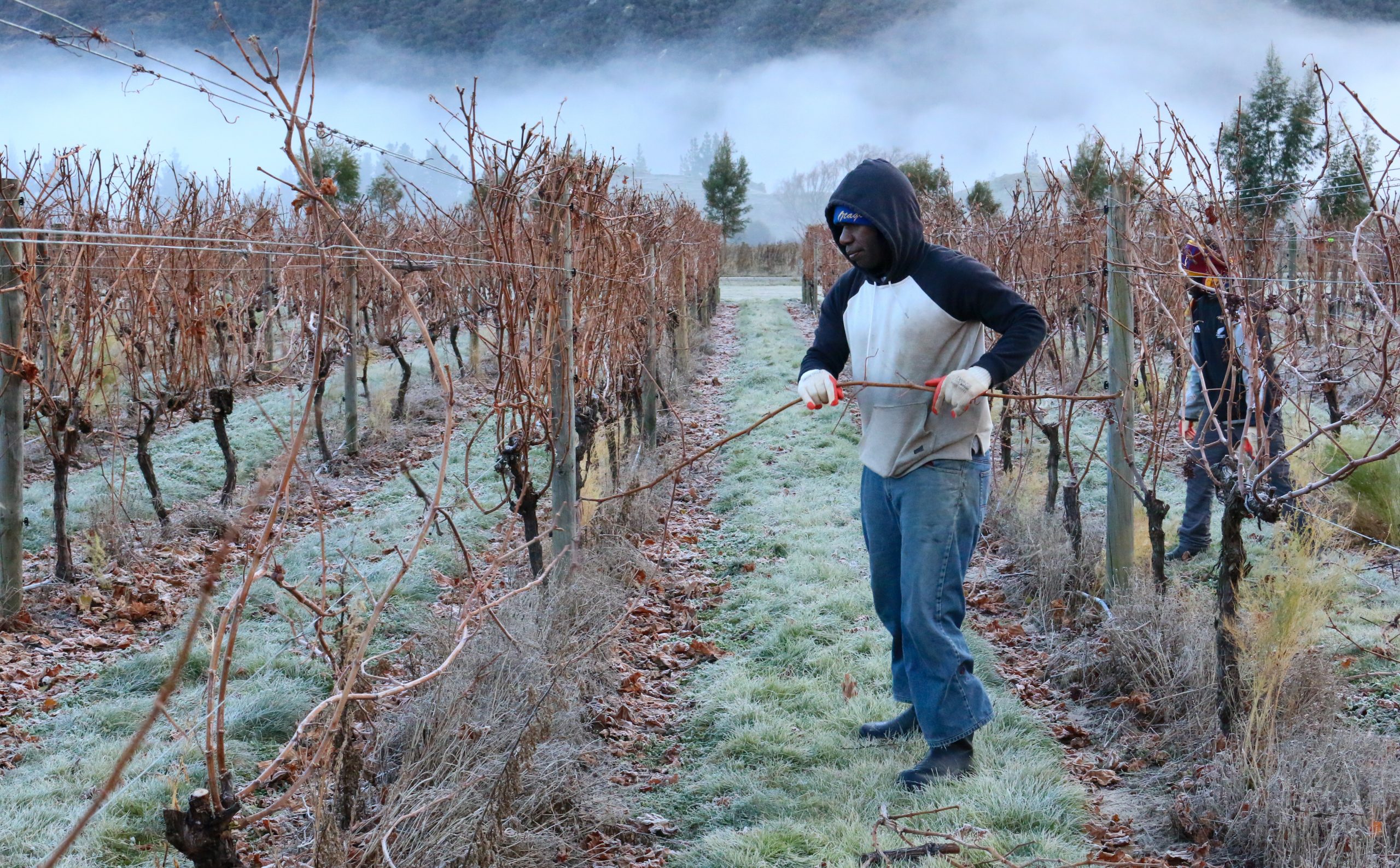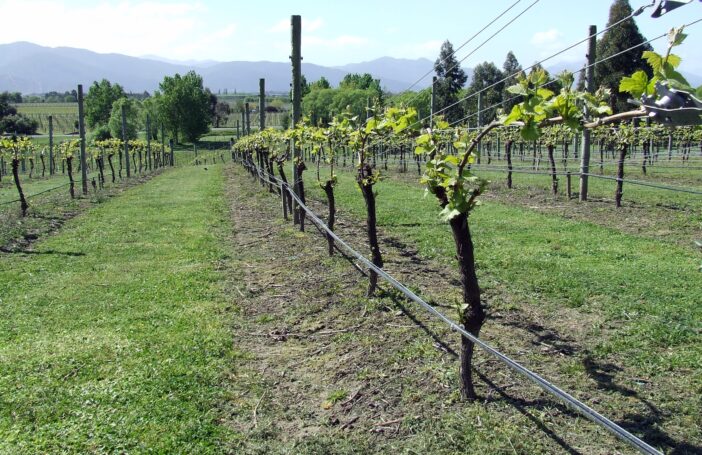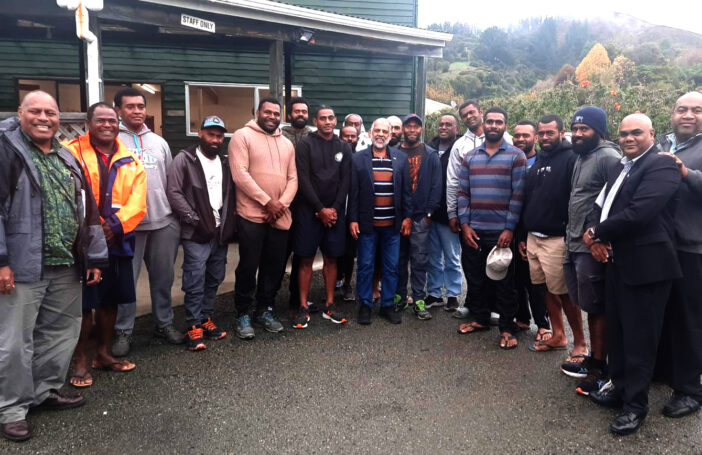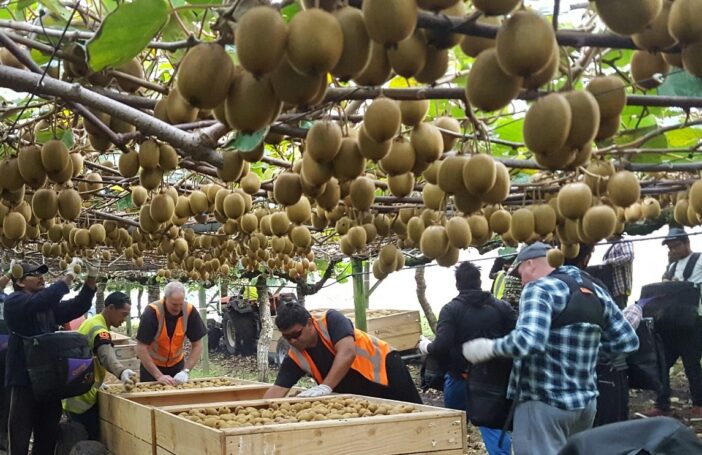During the last week of March 2023, New Zealand government officials gathered with representatives of Pacific states to consult on a substantive review of New Zealand’s Recognised Seasonal Employer (RSE) work policy. The policy review, being led by the Ministry of Business, Innovation and Employment (MBIE)’s immigration policy team, has been in the pipeline since 2020; it was delayed due to COVID-related disruptions. Consultation for the review, which is largely domestic-focused (on areas such as RSE worker health and wellbeing, and operational issues including setting of the national RSE cap), is now underway with New Zealand and Pacific stakeholders. The review is scheduled for completion by June 2023.
A key question to inform the policy review is: how many Pacific seasonal workers have been employed in New Zealand since recruiting for the RSE scheme began in 2007?
Until recently, this question remained unanswered. Now, we can provide an answer using data on over 100,000 visas issued to Pacific seasonal workers between 1 July 2007 and 30 June 2022, to tell us how many individuals have participated in the scheme over the first 15 years.
Information on RSE visa arrivals each year can be converted to numbers of individual RSE workers employed during the 15 years (we have discussed methodological challenges elsewhere). Each worker’s arrival in New Zealand has a unique client code that is included in the records of all their previous and subsequent movements in and out of the country. By matching up an individual’s client code each time they enter the country, their movement patterns can be tracked.
Over the RSE scheme’s first 15 years (2007-22), there were 101,840 RSE visa arrivals to New Zealand. These arrivals translated into 36,675 individual RSE workers. Figure 1 shows the number of RSE arrivals versus individual people recruited over the 15-year period.

Three Pacific countries – Vanuatu, Samoa and Tonga – have provided the majority of RSE recruits. Of the 36,675 individuals who have participated in the scheme since 2007, 88% have been recruited from these three countries: 44% (16,250 individuals) from Vanuatu, 24% (8,720) from Samoa and 20% (7,150) from Tonga.
The remaining 4,555 (12%) Pacific seasonal workers came from six countries, with Solomon Islands accounting for almost half of these (5.5%, 2,160). Five of the Pacific countries – Fiji, Kiribati, Tuvalu, PNG and Nauru – have provided, between them, only 6.5% (2,395) of RSE workers. During the first 15 years, Pacific states’ engagement in the RSE scheme has been highly uneven.
The RSE workforce has always been male dominated, as illustrated in Figure 2. Men accounted for almost 88% (32,120) of the total number of workers recruited between 2007 and 2022, while women comprised just over 12% (4,555) of the seasonal workforce.

There is some variation in female participation rates by Pacific country. Over a third of participants from Kiribati and Tuvalu, for example, have been women, compared with less than 10% of seasonal workers from Fiji and Samoa. The reasons for these differences include a mix of demand-side considerations, such as the limited number of jobs available for RSE workers in New Zealand’s packhouses, as well as cultural preferences and constraints in some of the source countries.
Another important dimension of RSE participation relates to the extent to which the absence of productive working age RSE men and women impacts on Pacific states’ domestic labour forces. This is especially relevant given recent reviews by the governments of the largest RSE supply countries – Vanuatu, Samoa and Tonga – on the impacts of the RSE scheme (as well as Australia’s PALM scheme) on a range of domestic labour market and community development issues.
Figure 3 shows the number of men and women who have been absent as RSE workers for at least one year since 2007 as a percentage of each country’s male and female populations aged 20-49 years in 2017. As the majority of RSE workers are aged between 20 and 49 years, this is the population most impacted by their absence.

In Vanuatu, Samoa and Tonga, more than 20% of their men aged 20-49 years have been RSE workers at some point since 2007. In the case of Tonga, over 35% of Tonga’s male population (17,999) aged 20-49 years has participated in the RSE scheme. The exodus of male labour for temporary work in New Zealand (and Australia) has not gone unnoticed by the Tongan government, which has recently endorsed a new Tonga Labour Mobility Supply Management Strategy to better reconcile the offshore demand for Tongan workers with the country’s domestic labour demands.
At the other end of the spectrum, only 280 men from PNG have engaged in RSE employment; the equivalent of 0.015% of PNG’s male population (1,812,709) aged 20-49 years in 2017. For PNG, RSE participation has, to date, been very limited, and had no impact on their key labour force age group.
In the case of women, only in Tuvalu has more than 5% of the key labour force age group (20-49 years) had RSE experience. In five of the nine countries less than 1% of their adult women were RSE workers at some stage between July 2007 and June 2022. While there are distinct gendered impacts of RSE (and PALM) participation at the household level, at this stage the macro-level impact of women’s RSE participation on Pacific countries’ domestic labour forces is negligible.
For New Zealand and Pacific officials engaged in the RSE policy review, ascertaining the actual number of people who have taken part in the RSE scheme since 2007 – 36,675 individuals, equivalent to just over one-third (36%) of RSE visa arrivals (101,840) – is critical when considering revisions to the policy, and any potential strategies by Pacific states to manage RSE participation.
Our next blog examines RSE worker return rates. This is another useful indicator of the impact of RSE participation on Pacific-based families and communities.





I think this is a great program for distributing the wealth amongst the Island Nations of Moana… like the big brothers helping their young siblings. However for the hired hands, a high percentage of them have never travelled outside of their Island home. It is a culture shock for many, who would try to hide it not to be teased as the village boy… which they are, without a little pep talk. I strongly believe an orientation program before workers leave would help curb some of the problems the program is facing thus far. It’s what I do and I would like to help our young people. Thank You and have a Blessed Day.